Republic of Mozambique
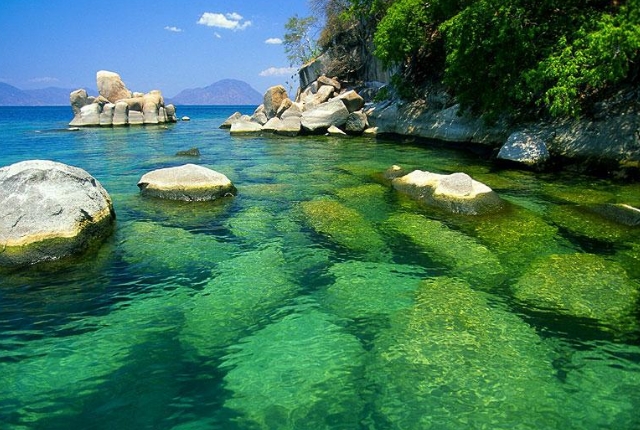
Mozambique, a scenic country in southeastern Africa. Mozambique is rich in natural resources, is biologically and culturally diverse, and has a tropical climate. Its extensive coastline, fronting the Mozambique Channel, which separates mainland Africa from the island of Madagascar, offers some of Africa’s best natural harbours. These have allowed Mozambique an important role in the maritime economy of
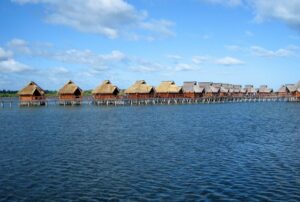
Land of Good People is a city located in south Mozambique, lying on Inhambane Bay, 470 km northeast of Maputo. It is the capital and according to the 2008 census has a population of 66000, growing from the 1997 census of 54000.It is a sleepy historic town known for its rusting colonial architecture and has been popular with tourists in recent years.
the Indian Ocean, while the country’s white sand beaches are an important attraction for the growing tourism industry. Fertile soils in the northern and central areas of Mozambique have yielded a varied and abundant agriculture, and the great Zambezi River has provided ample water for irrigation and the basis for a regionally important hydroelectric power industry.
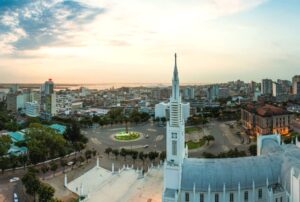
Maputo, capital of East Africa’s Mozambique, is an Indian Ocean port with preserved Portuguese colonial architecture. Many turn-of-the-century buildings can be found in the downtown jacaranda-lined Bahia neighborhood. The bronze-domed CFM Railway Station, for example, was completed in 1916. The Baixa also has an expansive Municipal Market. It’s near the Parka da Independence plaza, site of the neoclassical city hall.
| Capital
and largest city
|
Maputo 25°57′S 32°35′E |
|---|---|
| Official languages | Portuguese |
| Recognized national languages | |
| Religion
(2019)
|
|
| Demonym(s) | Mozambican |
| Government | Unitary dominant-party semi-presidential constitutional republic[2][3][4] |
| • President | Filipe Nyusi |
| • Prime Minister | Carlos Agostinho do Rosário |
| Legislature | Assembly of the Republic |
| Formation | |
| • Independence from Portugal | 25 June 1975 |
| • Admitted to the United Nations | 16 September 1975 |
| • Mozambique Civil War | 1977–1992 |
| • Current Constitution | 21 December 2004 |
| Area | |
| • Total | 801,590 km2 (309,500 sq mi) (35th) |
| • Water (%) | 2.2 |
| Population | |
| • 2020 estimate | 30,066,648 [5] (48th) |
| • 2017 census | 27,909,798 |
| • Density | 28.7/km2 (74.3/sq mi) (178th) |
| GDP (PPP) | 2019 estimate |
| • Total | $41.473 billion |
| • Per capita | $1,331[6] |
| GDP (nominal) | 2019 estimate |
| • Total | $15.372 billion |
| • Per capita | $493[6] |
| Gini (2008) | |
| Currency | Metical (MZN) |
| Time zone | UTC+2 (CAT) |
| Driving side | left |
| Calling code | +258 |
| ISO 3166 code | MZ |
| Internet TLD | .mz |
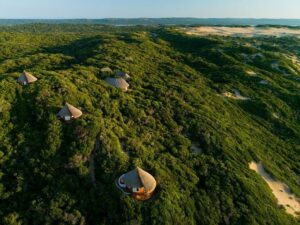
Recognised as one of the oldest settlements in Mozambique, Inhambane and the surrounding peninsula is the perfect spot for relaxing amongst the sand dunes
The country is divided into two topographical regions by the Zambezi River. To the north of the Zambezi River, the narrow coastal strip gives way to inland hills and low plateaus. Rugged highlands are further west; they include the Niassa highlands, Namuli or Shire highlands, Angonia highlands, Tete highlands and the Makonde plateau, covered with miombo woodlands. To the south of the Zambezi River, the lowlands are broader with the Mashonaland plateau and Lebombo Mountains located in the deep south.
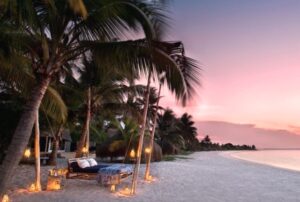
It is drained by five principal rivers and several smaller ones with the largest and most important the Zambezi. The country has four notable lakes: Lake Niassa (or Malawi), Lake Chiuta, Lake Cahora Bassa and Lake Shirwa, all in the north. The major cities are Maputo, Beira, Nampula, Tete, Quelimane, Chimoio, Pemba, Inhambane, Xai-Xai and Lichinga.
The country’s natural environment, wildlife, and historic heritage provide opportunities for beach, cultural, and eco-tourism.
The north beaches with clean water are suitable for tourism, especially those that are very far from urban centres, such as those in the province of Cabo Delgado, especially the Quirimbas Islands, and the province of Inhambane, especially the Archipelago of Bazaruto. The Inhambane Province attracts international divers because of the marine biodiversity and the presence of whale sharks and manta rays
Mozambique, also has several national parks, including Gorongosa National Park, with its infrastructures rehabilitated and repopulated in certain species of animals that were already disappearing.
Arts

The Quirimbas Islands, a famous tourist spot in Mozambique lie in the Indian Ocean off north-eastern Mozambique, close to Pemba, the capital of the province of Cabot Delgado.
The Makonde are known for their wood carving and elaborate masks, which are commonly used in traditional dances. There are two different kinds of wood carvings: shetani, (evil spirits), which are mostly carved in heavy ebony, tall, and elegantly curved with symbols and nonrepresentational faces; and ujamaa, which are totem-type carvings which illustrate lifelike faces of people and various figures. These sculptures are usually referred to as “family trees” because they tell stories of many generations.
According to Wikipedia, During the last years of the colonial period, Mozambican art reflected the oppression by the colonial power and became a symbol of resistance. After independence in 1975, modern art came into a new phase. The two best known and most influential contemporary Mozambican artists are the painter Malangatana Ngwenya and the sculptor Alberto Chissano. A lot of the post-independence art during the 1980s and 1990s reflect the political struggle, civil war, suffering, starvation, and struggle.
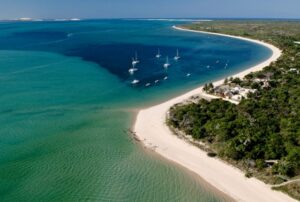
Dances are usually intricate, highly developed traditions throughout Mozambique. There are many different kinds of dances from tribe to tribe which are usually ritualistic in nature. The Chopi, for instance, act out battles dressed in animal skins. The men of Makua dress in colourful outfits and masks while dancing on stilts around the village for hours. Groups of women in the northern part of the country perform a traditional dance called tufo, to celebrate Islamic holidays.
Mozambique’s most important exports by value include aluminum, shrimp, and cotton, whereas its most important imports by value include fuel, machinery and spare parts, and food products. South Africa is the country’s major trading partner. Other partners include the countries of the European Union and Asia.

Matapa is a uniquely Mozambican cuisine. It is a relatively simple dish yet packs a delicious punch with its flavours. Stewed cassava leaves are cooked with onions, garlic, ground peanuts and coconut milk. It is often served as a main dish with crab or prawns added for extra flavour. It is eaten with either rice or xima, which is perfect for mopping up the sauce.
Cultural life
Mozambique exhibits a great range of cultural and linguistic diversity, sharing cultural traditions with its neighbours in Tanzania, Malawi, Zambia, Zimbabwe, and South Africa. Amid the variety of languages, social relationships, artistic traditions, clothing, and ornamentation patterns is a common theme of dynamic and creative cultural expression in song, oral poetry, dance, and performance. The carved wooden sculpture and mapiko initiation masks of the Makonde people of northern Mozambique and Tanzania are among the best-known artistic traditions.
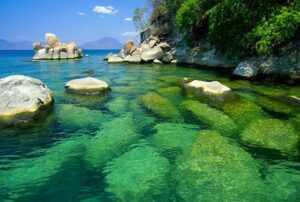
Daily life and social customs
Mozambican society has traditionally revolved around the family and the village, with customs and observances that grow from local rather than national influences. Many of its traditional values came under attack during the years of civil strife, for, despite Frelimo’s emphasis on pride in African cultural heritage, its ideology of scientific materialism clashed sharply with important components of traditional Mozambican culture. Aspects of that culture, including spirituality, herbal healing, rites of passage, direct criticism of leadership through poetic performance, and lineage authority, conflicted with government efforts to reorder society along socialist lines and to define national culture through government control of the media. Frelimo opposed such traditional practices as polygamy and various initiation rites as well as regulos, chiefs who were put into positions of power by the colonial government. By the end of the 1990s the government had stopped its campaigns against polygamy and initiation rites, implicitly recognizing that such social customs were difficult, if not impossible, to legislate. Regulos and other local authorities came to have a larger role in governance.

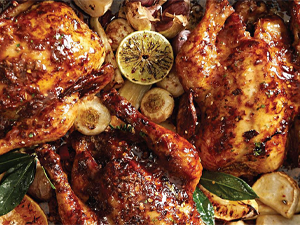
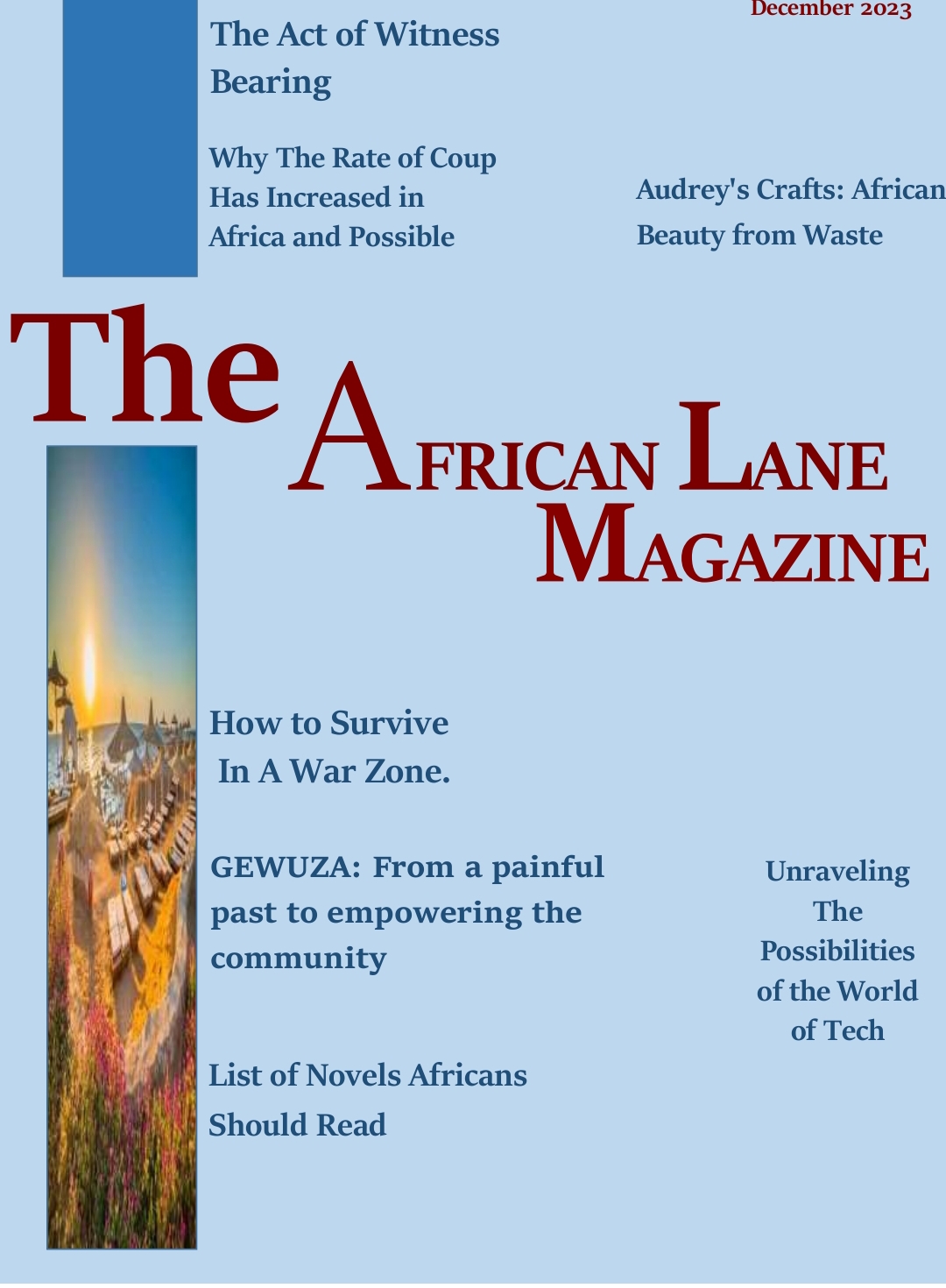
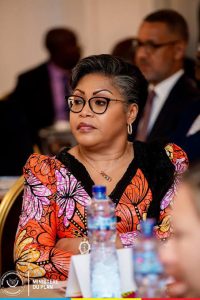
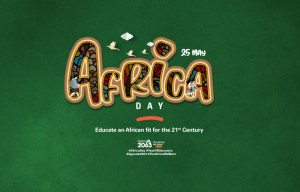
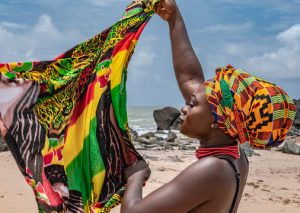
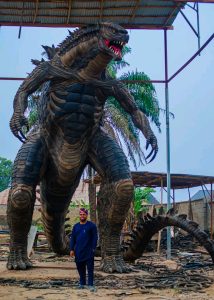
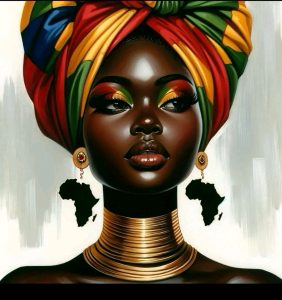

I’m extremely impressed along with your writing skills as well as with the layout to your weblog. Is that this a paid theme or did you customize it yourself? Either way stay up the nice high quality writing, it is rare to peer a great blog like this one today..
I’m still learning from you, while I’m improving myself. I absolutely love reading all that is written on your website.Keep the information coming. I liked it!